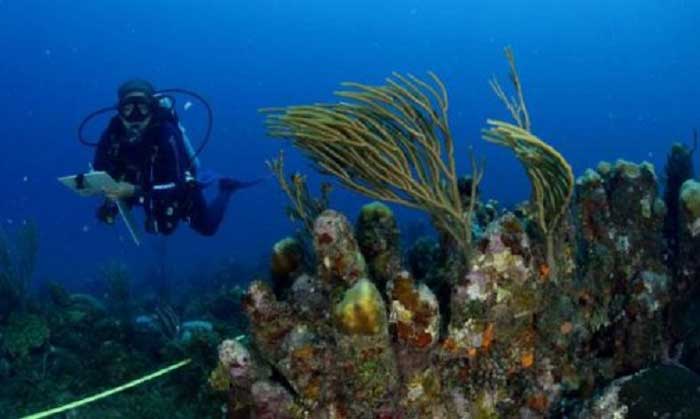
The presence of plastic particles in Cuba's marine ecosystems is a fact verified by the scientists who are participating in the Expedition around Cuba, an initiative in charge of evaluating the state of the seabed.
Ciego de Ávila, Cuba.- On Sunday, Marine researcher Dr. Patricia González pointed out that microplastics are part of the brain of fish and the stomach of corals. At the same time, they have been incorporated into the human food cycle, hence the need to assess the level of contamination and its impact on different habitats.
Such assessments are of great importance for science in the Caribbean region, considering that tourism is the main economic sector in the area, and therefore the quality of the beaches and nautical activities depend on the preservation of the seabed and coasts.
Sampling recently carried out on beaches in central Cuba by experts from the Center for Environmental Studies of Cienfuegos showed the presence of microplastics in the sand, where particles of the ductile material were found with a variety of shapes, sizes, and chemical compositions.
Plastic is a substance that is considered a global threat to the conservation of biodiversity, oceans, seas, and marine resources; therefore, it does not comply with the principles of sustainable development.